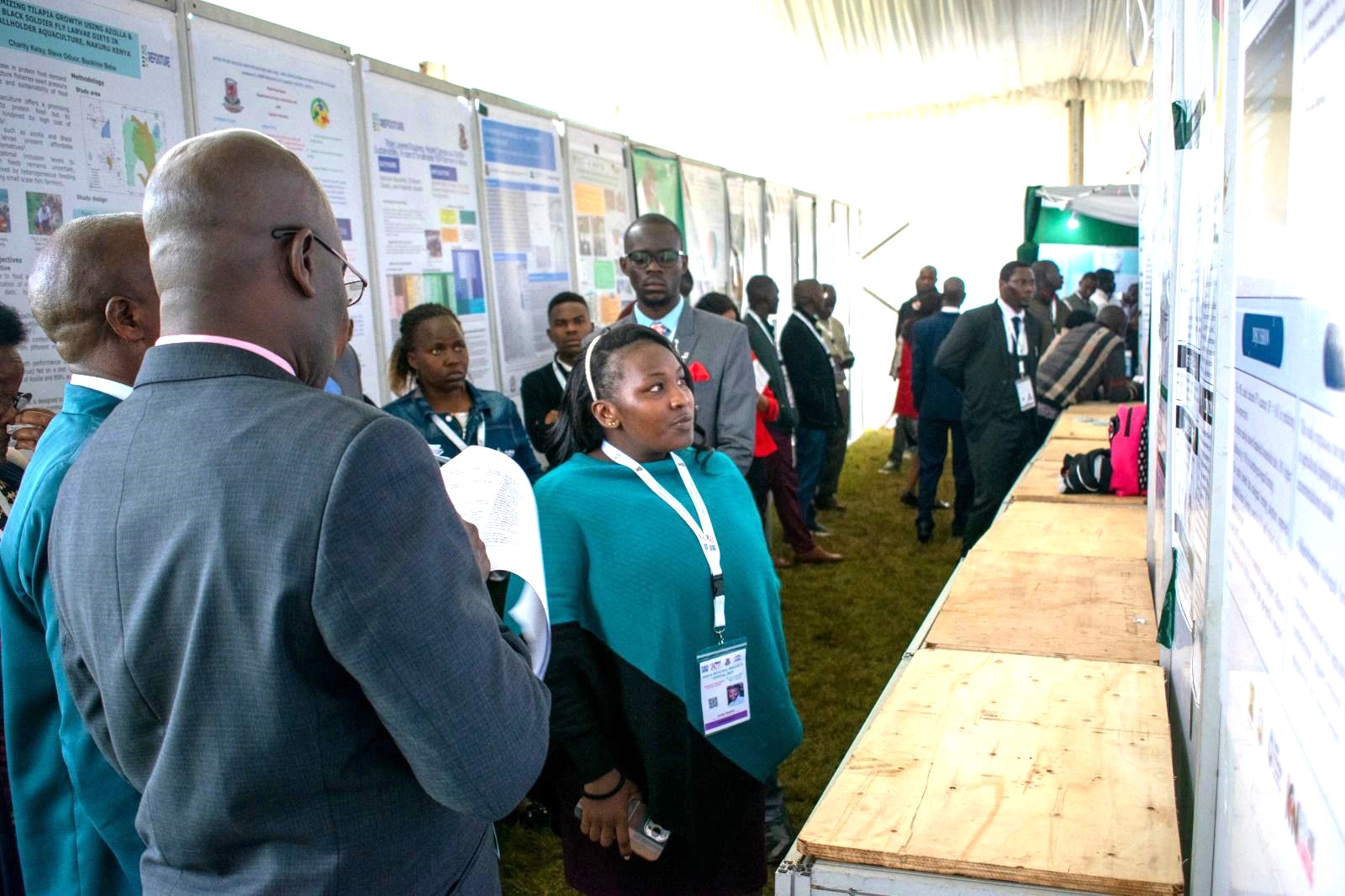.png)

At the 2025 Kenya National Research Forum (KNRF), the Scientists of Kenya Association (SCOKA) spotlighted science communication as a national priority. Through a dynamic Science Communication and Research Dissemination Training, the association conveyed a simple but powerful truth: science is not complete until it’s communicated.
Opening the session, Ms. Everlyn Kimanthi, Chairperson, SCOKA, set the tone.
“If people don’t understand and appreciate science, they will always be fighting science.”
She highlighted persistent barriers from heavy jargon and siloed research to generational divides and misinformation.
“Limited public engagement remains the biggest gap,” she said, pointing to opportunities like storytelling and analogies, community workshops, science festivals and open days, rapid response teams, and digital literacy campaigns.
“Science must live with the people, not apart from them.”
Communications consultant George Masila showed participants how to turn research into stories that resonate:
“Crafting messages and engaging media isn’t just about words, it’s about structure.”
His Three-Act Narrative Arc - Setup (present the research or problem), Conflict (why it matters), Resolution (how the research provides a solution) - offered a practical framework.
When engaging journalists, he added:
“They’re told to find stories that sell. If you want their attention, bring novelty, relevance, timeliness, and human interest, how it touches lives.”
Science communication isn’t only for the public, reminded Dr. Joyce Ngure of the Directorate of Research, Science & Technology:
“Science communication is not just about the public, it’s also about policymakers.”
She guided the audience through the steps of policy formulation and pointed out the gaps researchers must help close.
Bringing research to life, Prof. Eric Cheruiyot of Egerton University shared the journey of his innovative sorghum bread.
“Why sorghum? It’s climate-resilient and rich in genetic diversity. Red sorghum makes great bread; white sorghum supports baking.”
Three years after launch, his bread is already proving that locally driven innovation can cut dependence on wheat imports.
Continuing SCOKA’s presence at KNRF, Ms. Kimanthi and Grace Kago unveiled a thought-provoking poster, “Using Social Media and Mother Tongues for More Accessible and Effective Science Engagement.”
Their study spotlights the untapped potential of Kenya’s expansive social media network, home to more than 15 million active users, as a vehicle for credible science content. Drawing inspiration from global examples like The Amoeba Sisters and Kurzgesagt, they explored how Kenyan scientists can harness platforms like YouTube and TikTok to spark curiosity and share health information in ways that resonate locally.
Equally inspiring was their focus on translating scientific concepts into mother tongues, ensuring that rural audiences, where local languages dominate, can engage meaningfully with new knowledge.
The session closed on a celebratory note with Sayansi Kwa Watoto na Vijana (SWAVI), SCOKA’s youth program, recognizing outstanding high-school innovators for their creativity and passion for problem-solving.
From vivid storytelling to policy influence, SCOKA’s presence at KNRF 2025 was more than a training; it was a call to action, reminding us that science only fulfills its purpose when it is heard, understood, and embraced by all.